A Hub for Government Agencies
Expertise and mission momentum: Why agencies feel at home and function more effectively here.
A powerful intersection of human and natural resources has made Jefferson County fertile soil for growing crops and for growing and sharing knowledge, and that has made the County the ideal hub for high-level governmental operations. From guiding the U.S. Coast Guard in mission-critical activities, to research creating enhanced agriculture and biological ecosystems, to training for a stronger border and for more potent conservation efforts, Jefferson County is providing the advantages and momentum for a better functioning world. Currently, the County is home to:
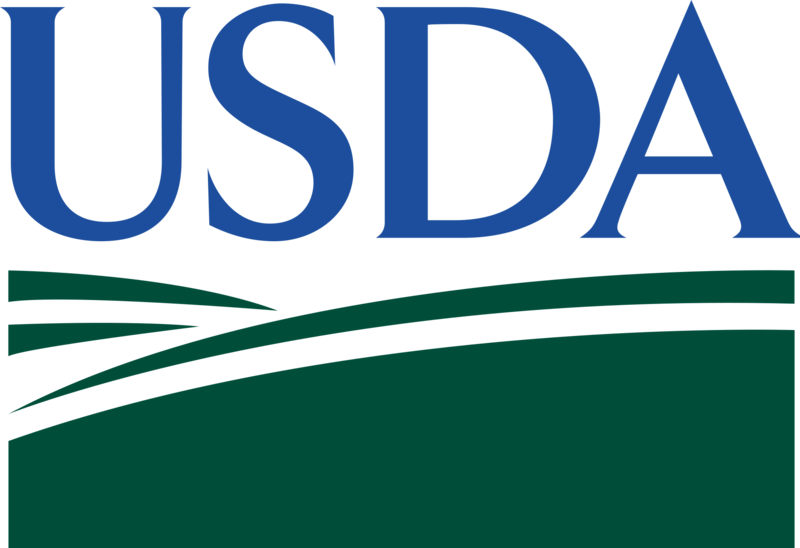
Today’s climate makes robust fruit production more important and more challenging than ever. Fortunately, since 1979 the Appalachian Fruit Research Station has led the way in the innovation, improvement and protection of fruit production through research focused on a range of critical topics, including soil and air; plant genetic resources, genomics and genetic improvement; and crop protection and quarantine.

Established in 1930 as the U.S. Fisheries Experimental Station, the Center has evolved into a primary locus of research for the U.S. Geological Survey’s Ecosystems Mission Area. Research here focuses on high-quality science in determining the state of the nation’s biological resources and any threats against them; the Center is also dedicated to sharing the knowledge for wise stewardship of natural resources on public lands.

Using the rainbow trout as its primary research subject, the Center works to advance the nation’s aquaculture production through the development of enhanced germplasm (the seeds, plants and plant parts used in production, breeding and research) as well as the technology impacting farm efficiency, product quality and environmental sustainability. The ultimate goal: aquaculture production that supports recreation while creating more healthy seafood choices for consumers.
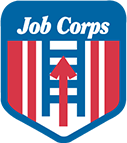
Designated one of the nation’s “Top 50” Job Corps centers, the Harper’s Ferry Center provides strategic career pathways for disadvantaged young adults between the ages of 16 and 24. Job Corps participants live on campus, receive both academic and technical education, and through work-based learning they are able to sharpen skills, boost work habits and achieve more goal-oriented success.
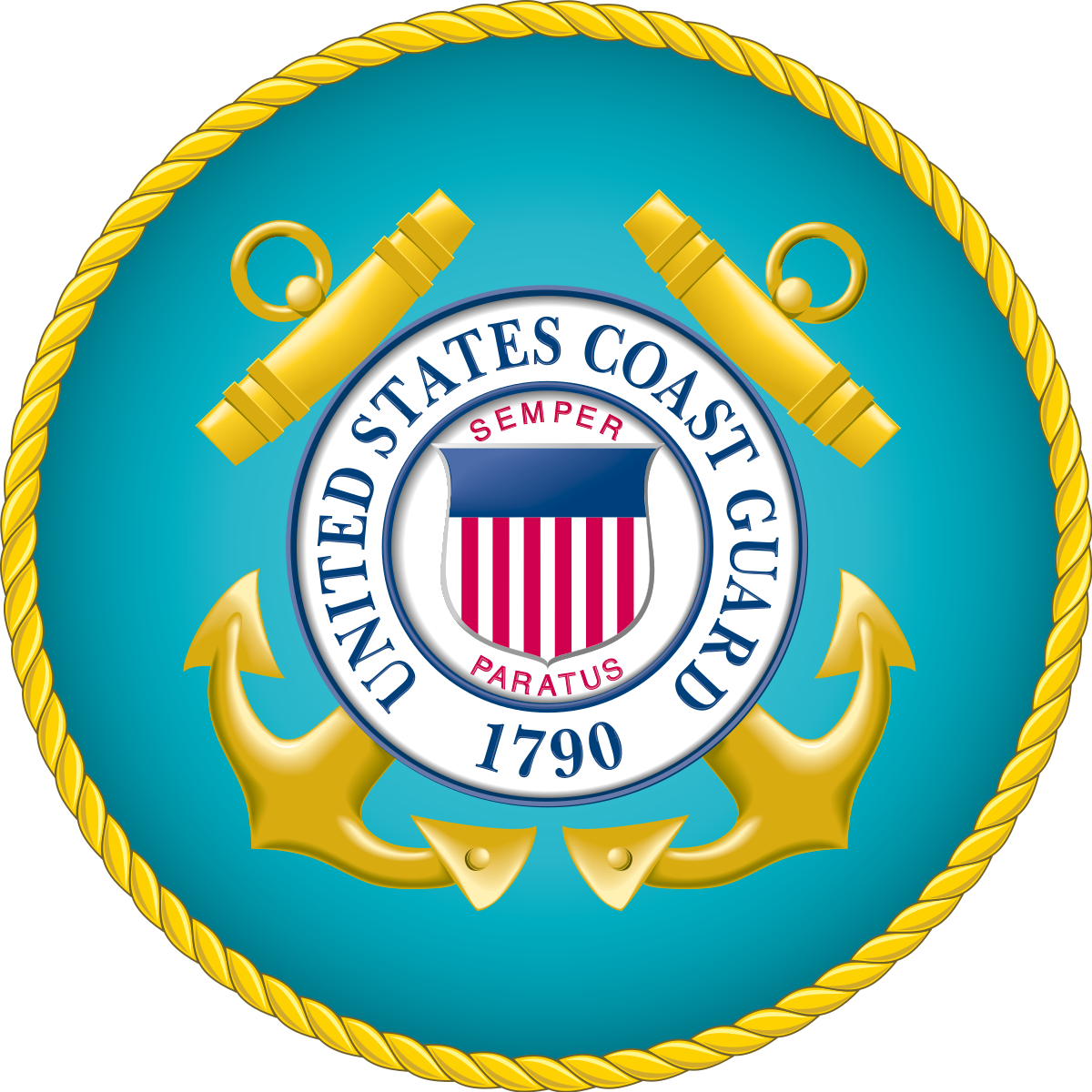
The U.S. Coast Guard is called on for a range of critical missions—not only for search and rescue but also for such duties as ice patrolling and aiding with oil spills and environmental problems. Through software development and automated systems, the Operations Systems Center, established in 1991, assures that performance in all of these missions is maintained at the highest levels.

The CBP Advanced Training Center is key to the efforts of U.S. Customs and Border Protection, efforts which are key to the safety and security of the nation. The CBP is the nation’s primary border control entity with a range of other regulatory responsibilities related to trade, and is the largest federal law enforcement agency of the U.S. Department of Homeland Security.
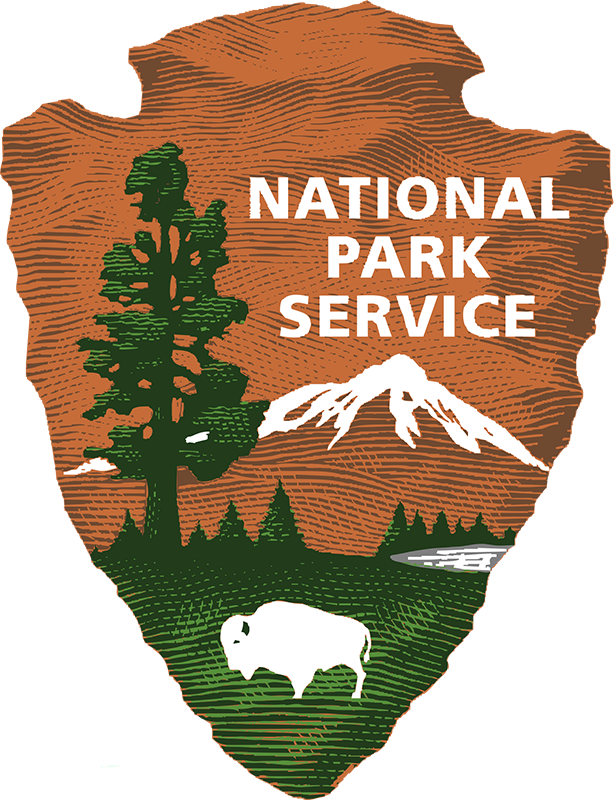
Declared a National Historical Park in 1963, this historic and recreational gem sprawls across land in three states. However, the Park’s defining historic feature is Harper’s Ferry. The town was an industrial center of consequence, and, more famously, the site of John Brown’s abolitionist uprising and John Brown’s Fort. First established as an armory by George Washington, the Fort is West Virginia’s most visited historic site.
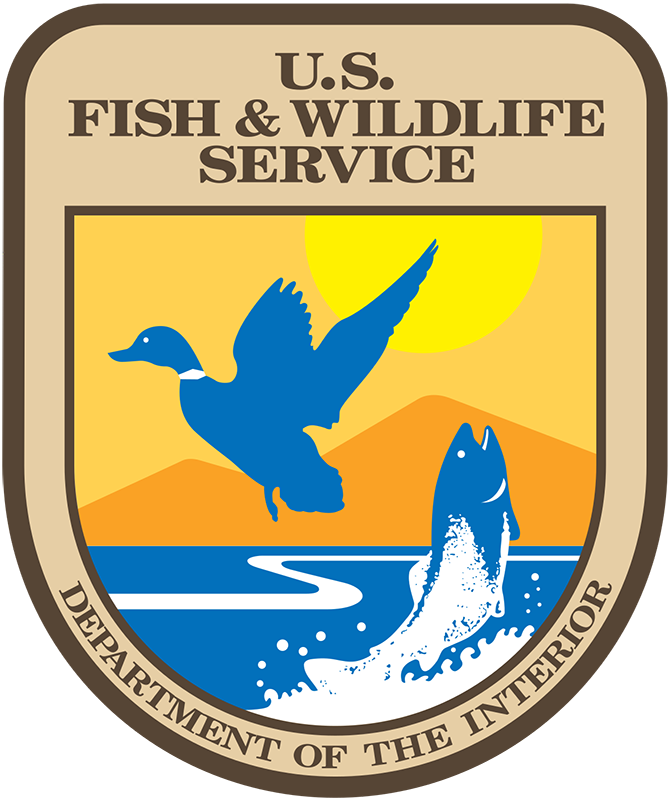
As the education arm of the U.S. Fish & Wildlife Service, the National Conservation Training Center is both a scenic and strategic asset. Located along the Potomac River, the Center’s 100-acre campus footprint is nestled inside 400 acres of spectacularly diverse natural habitats, including woods, wetlands, river, fields and meadows. These habitats provide the backdrop for a technologically advanced learning environment for conservation professionals.
Appalachian Fruit Research Station

Today’s climate makes robust fruit production more important and more challenging than ever. Fortunately, since 1979 the Appalachian Fruit Research Station has led the way in the innovation, improvement and protection of fruit production through research focused on a range of critical topics, including soil and air; plant genetic resources, genomics and genetic improvement; and crop protection and quarantine.
USGS Leetown Science Center, National Fish Health Research Laboratory

Established in 1930 as the U.S. Fisheries Experimental Station, the Center has evolved into a primary locus of research for the U.S. Geological Survey’s Ecosystems Mission Area. Research here focuses on high-quality science in determining the state of the nation’s biological resources and any threats against them; the Center is also dedicated to sharing the knowledge for wise stewardship of natural resources on public lands.
USDA Cool and Cold-water Aquaculture Research

Using the rainbow trout as its primary research subject, the Center works to advance the nation’s aquaculture production through the development of enhanced germplasm (the seeds, plants and plant parts used in production, breeding and research) as well as the technology impacting farm efficiency, product quality and environmental sustainability. The ultimate goal: aquaculture production that supports recreation while creating more healthy seafood choices for consumers.
Harpers Ferry Job Corps Civilian Conservation Center

Designated one of the nation’s “Top 50” Job Corps centers, the Harper’s Ferry Center provides strategic career pathways for disadvantaged young adults between the ages of 16 and 24. Job Corps participants live on campus, receive both academic and technical education, and through work-based learning they are able to sharpen skills, boost work habits and achieve more goal-oriented success.
US Coast Guard’s Operations Systems Center

The U.S. Coast Guard is called on for a range of critical missions—not only for search and rescue but also for such duties as ice patrolling and aiding with oil spills and environmental problems. Through software development and automated systems, the Operations Systems Center, established in 1991, assures that performance in all of these missions is maintained at the highest levels.
US Customs and Border Protection Advanced Training Facility

The CBP Advanced Training Center is key to the efforts of U.S. Customs and Border Protection, efforts which are key to the safety and security of the nation. The CBP is the nation’s primary border control entity with a range of other regulatory responsibilities related to trade, and is the largest federal law enforcement agency of the U.S. Department of Homeland Security.
Harpers Ferry National Historical Park

Declared a National Historical Park in 1963, this historic and recreational gem sprawls across land in three states. However, the Park’s defining historic feature is Harper’s Ferry. The town was an industrial center of consequence, and, more famously, the site of John Brown’s abolitionist uprising and John Brown’s Fort. First established as an armory by George Washington, the Fort is West Virginia’s most visited historic site.
National Conservation Training Center

As the education arm of the U.S. Fish & Wildlife Service, the National Conservation Training Center is both a scenic and strategic asset. Located along the Potomac River, the Center’s 100-acre campus footprint is nestled inside 400 acres of spectacularly diverse natural habitats, including woods, wetlands, river, fields and meadows. These habitats provide the backdrop for a technologically advanced learning environment for conservation professionals.
ADD ITEM TO REPORT
As you navigate our website, you can use the “Add Item to Report” button to add any page or property to a custom report that you can print out or save.


